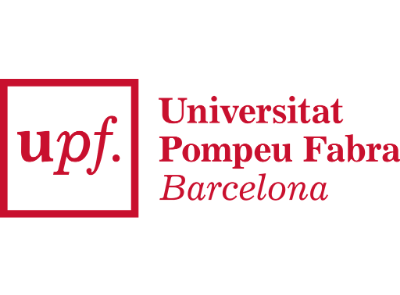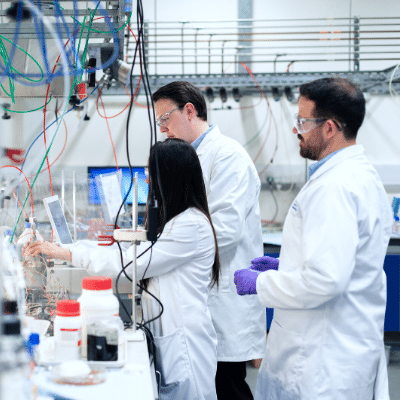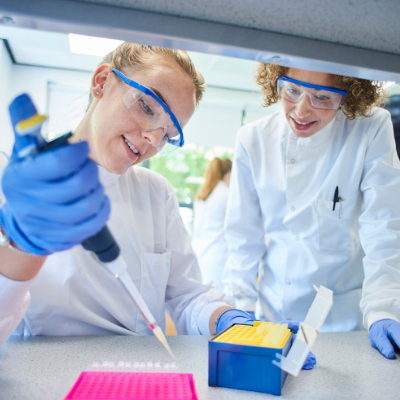ESR9
Cellular and molecular signature of cardioPICs.

Regina has a master’s degree in Molecular Biology and Biotechnology from the University of the Philippines.
She worked on the de novo assembly of coconut genomes and coconut transcriptomics at the Philippine Genome Center. She was also an instructor of Developmental Biology, Microbiology, and Bioinformatics at the University of the Philippines.
In 2020, she completed the predoctoral program in Biomedical Sciences at the Katholieke Universiteit Leuven in Belgium where she studied rare inherited platelet disorders.
Currently, she is enrolled to the MPhil/PhD program in Basic and Medical BioscienceResearch at King’s College London where she will work on identifying the cellular and molecular signatures of cardioPICs in order to understand the mechanisms and consequences of ageing human
heart tissue.
King’s College London
United Kingdom
Partner Profile
 King’s College London (KCL)
King’s College London (KCL)
King’s College London is one of the top 20 universities in the world (2015/16 QS international World University Rankings) and the fourth oldest in England. King’s has nearly 26,500 students (of whom more than 10,400 are graduate students) from some 150 countries worldwide, and more than 7,000 staff. In the 2014 Research Excellence Framework (REF) King’s was ranked 6th nationally in the ‘power’ ranking, which takes into account both the quality and quantity of research activity, and 7th for quality according to Times Higher Education rankings. Eighty-four per cent of research at King’s was deemed ‘world-leading’ or ‘internationally excellent’ (3* and 4*).
Dr. Ellison-Hughes’ lab focuses on understanding the role of tissue-specific stem cells in the homeostasis and regeneration of striated (skeletal and cardiac) muscle, for repair and maintenance of muscle tissue, particularly preventing and treating a loss of muscle mass (i.e. with ageing and/or disease). She is part of the Centre for Stem Cells & Regenerative Medicine at KCL and the BHF National Centre for Regenerative Medicine.
The ESR will be enrolled in PhD programme in Basic and Medical Biosciences
Website
Topic
It is well known that different cell types can in part influence either negatively or positively muscle homeostasis, including the resident fibro/adipogenic progenitors (FAPs) expressing platelet-derived growth-factor receptor (PDGFR)-α and the PW1/Peg3 positive interstitial cells (myoPiCS). Despite the presence in the heart of a population of (cardioPICs) with myogenic potential, there is no evidence at present about their role in cardiac homeostasis or repair.
We will isolate the cardioPIC from transgenic mice expressing identifiable reporter genes and use protocols proven to be successful for myoPICs to test their differentiation phenotype in vitro. In depth single cell RNA-Seq will be performed to determine the cardioPiCs heterogeneity and transcriptional profile.
We will determine the aged phenotype of cardioPICs. Single-cell transcriptome sequencing will be performed on cardioPICs isolated from aged mice and human hearts. Both p16pos-senescent and p16neg non-senescent cardioPICs will be characterised for growth, senescence and regenerative potential both in vitro and in the myocardial-infarction regeneration model in vivo.
Finally, we will consider variation in single progenitor cells (single cell RNA-seq) isolated from old and young human hearts (young refer to adult patients less than 50 years old) in terms of gene expression, somatic mutations and mitochondria RNA phenotypes and then consider systematic changes in gene expression as hearts age.
We will also study the potential causal mechanisms of these changes by looking at the accumulation of somatic mutations in nuclear genome across single cells of both young and old tissue, and also survey mutations, post-transcriptional modification events and gene expression in the mitochondria genome. These findings will then be correlated to patient characteristics (age, heart failure class, genetic hereditary factors). Besides gold-standard RNA sequencing analysis pipelines, work on mitochondrial gene expression and detection of mitochondrial RNA modifications will rely on novel computational techniques developed at KCL
Objectives
To isolate and characterize cardioPICs from young and aged mouse and human hearts
To assess differentiation potential of cardioPICs in vitro and in vivo
To test and develop computational methods/pipelines for the analysis of single cell RNA sequencing data
To identify heterogeneity in gene expression profiles at the single cell level in cardioPICs
To identify molecular signatures that define the ageing process in human heart tissue
PHD Program
King’s College London
RENOIR
ESR
COUNTRIES
YEARS
MEMBERS













